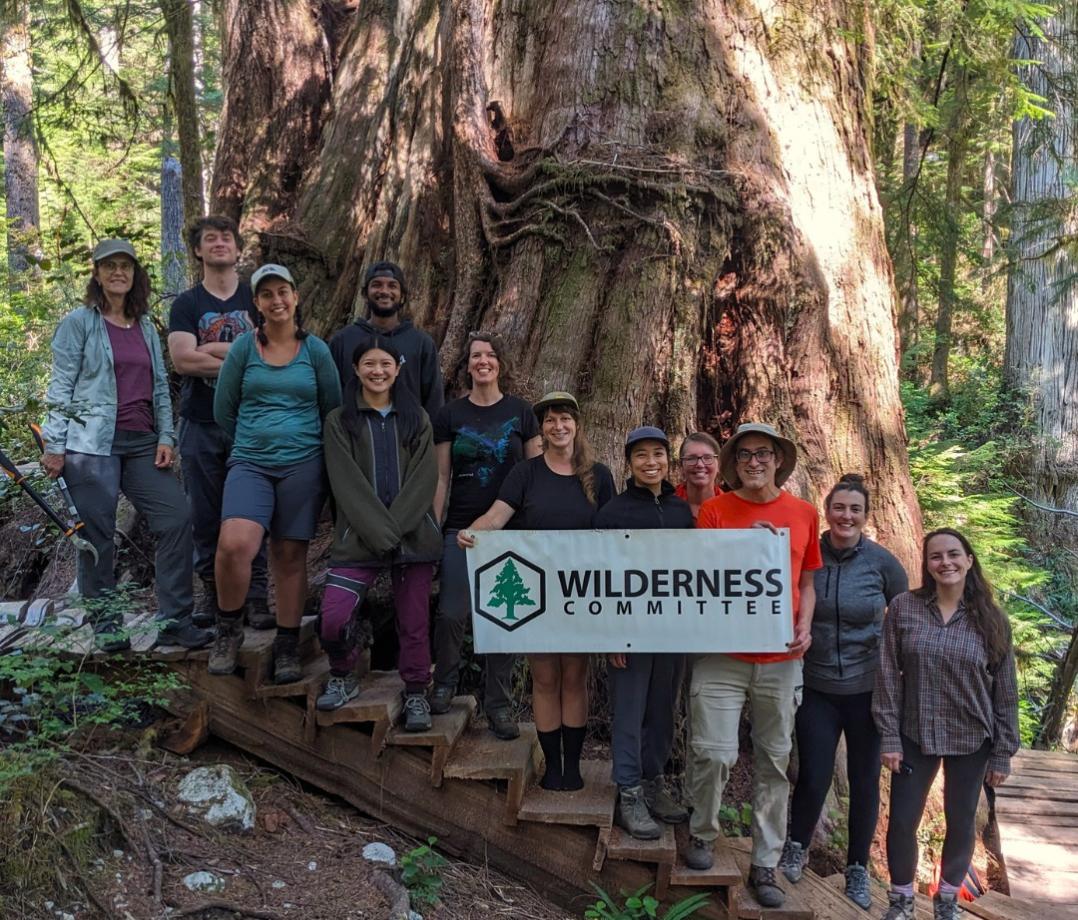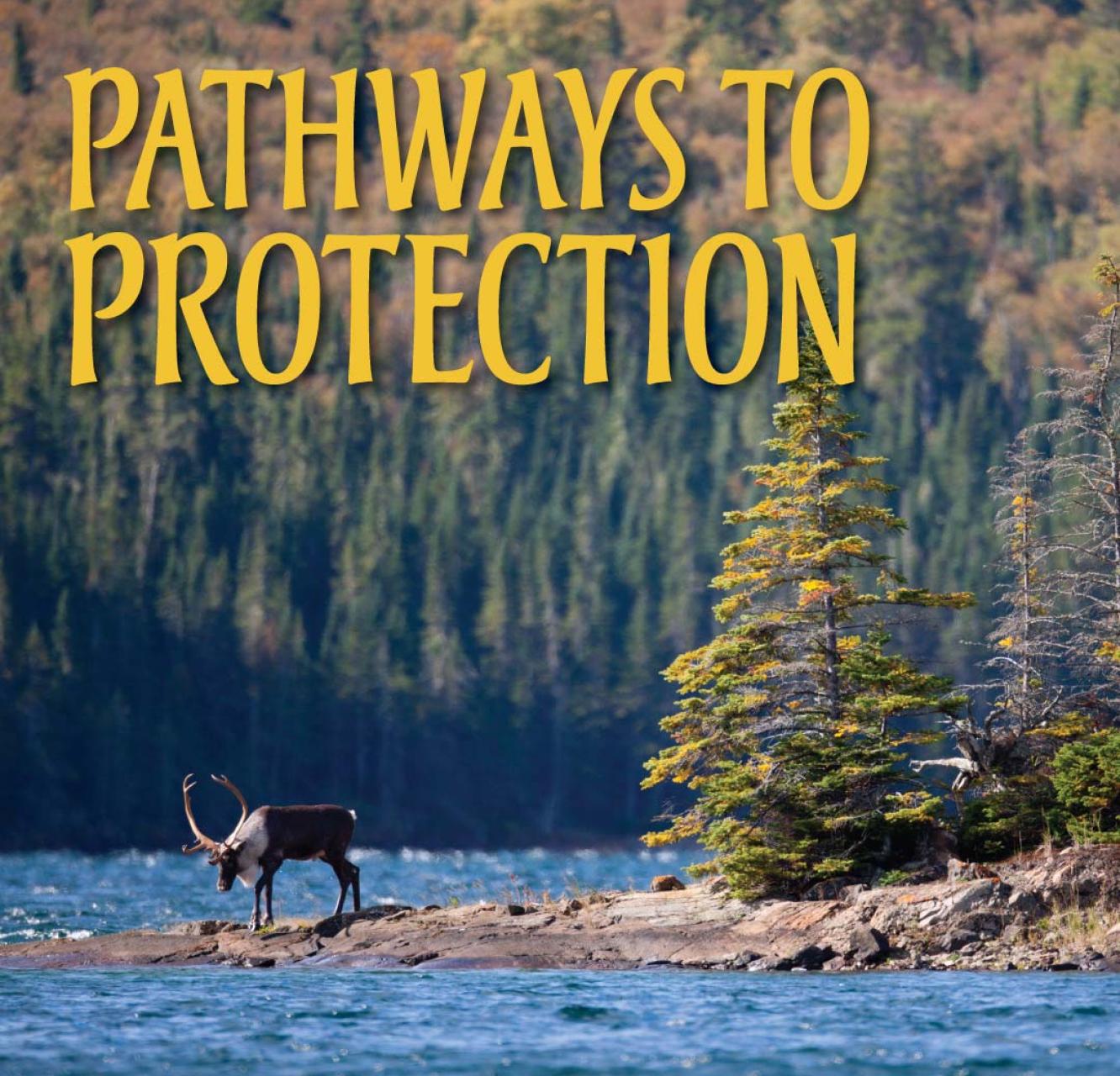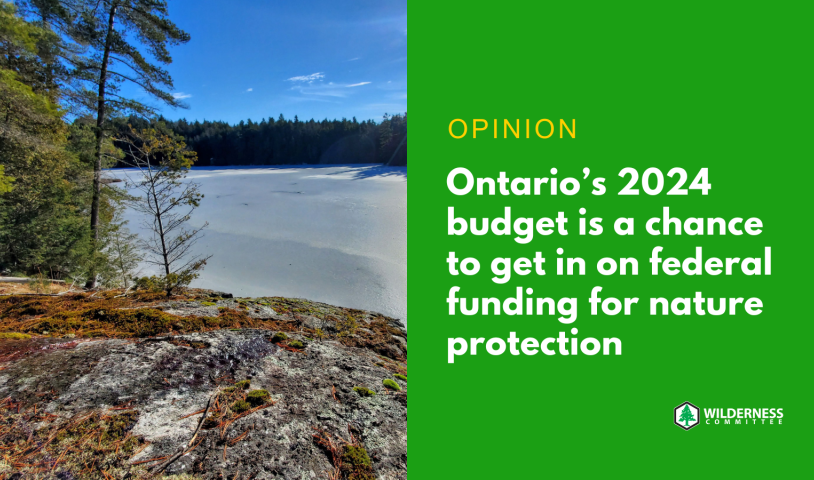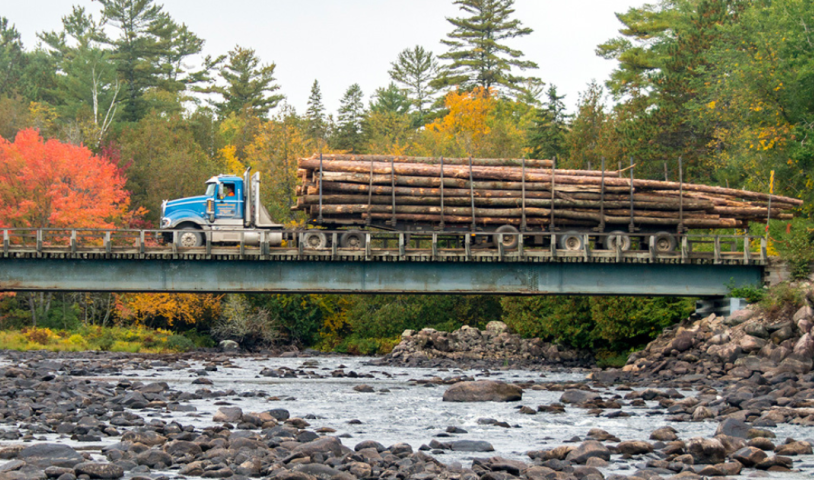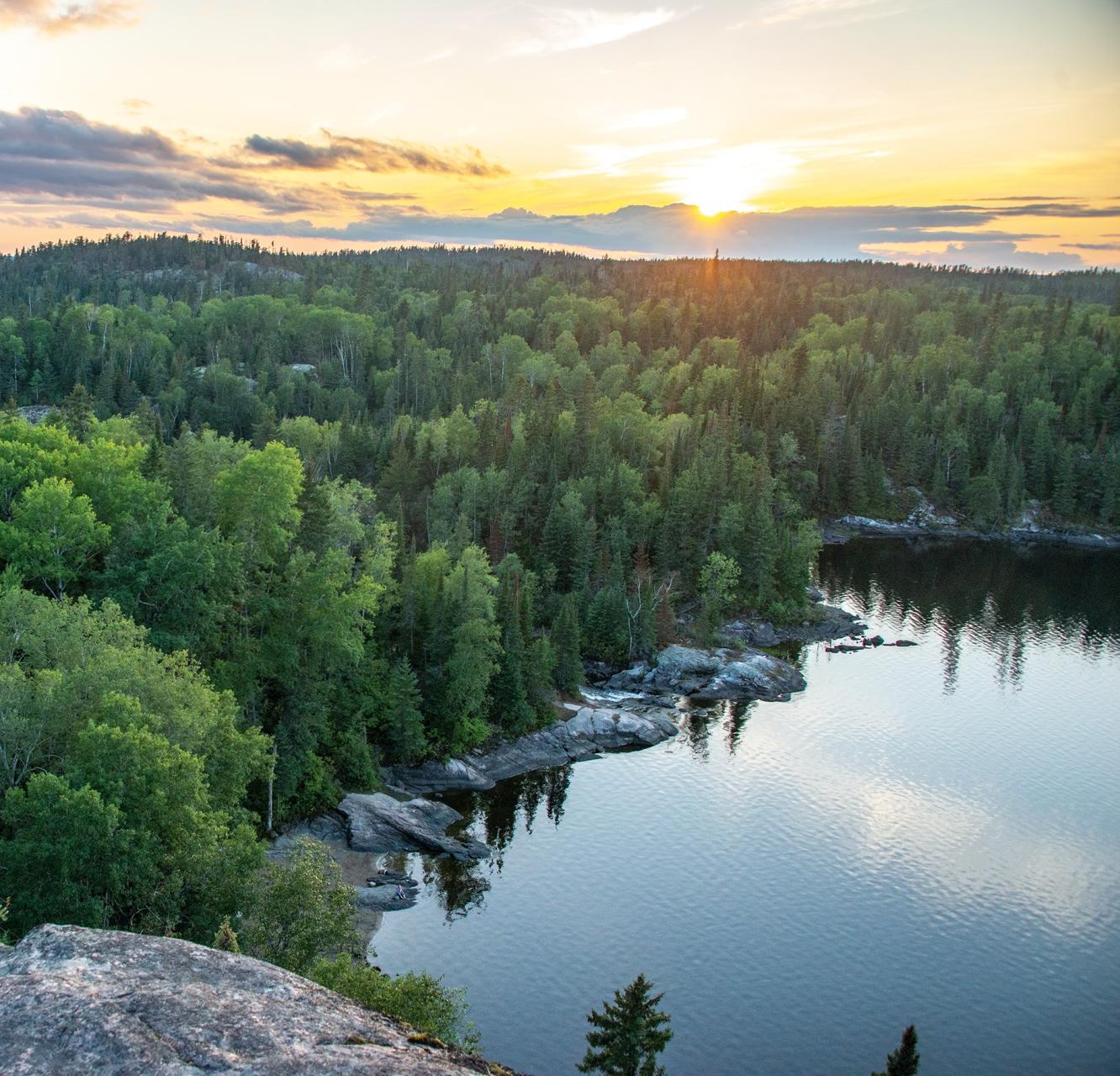Ontario Conservation Vision
Ontario needs a plan to grow protected places
In 2022, Canada pledged to protect 30 per cent of lands and waters nationwide by 2030. However, Ontario is sorely lagging behind, with only 11 per cent currently protected in parks and conservation reserves, and no clear plan for growth. Our conservation vision for Ontario includes adopting the 30x30 target and developing a provincial plan to expand the protected network, prioritizing public engagement and leadership from Indigenous communities.
Supporting this vision, the Wilderness Committee actively works to identify and advocate for the permanent protection of key natural areas, including roadless regions, wetlands, biodiversity hotspots, rare old-growth forests, intact boreal landscapes and peatlands.
“Bill baby, bill”: The spring trend of environment-wrecking, Indigenous rights-trampling legislation in Canada

Take Action
Ontario needs to grow protected places
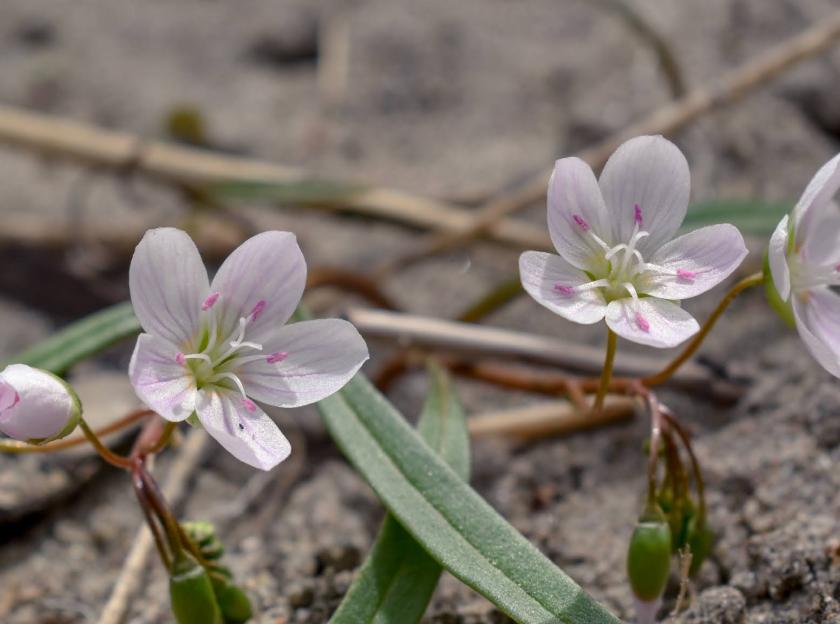
Nature provides when we protect it
Permanently protecting more nature from destructive industries such as mining and logging is essential to safeguarding our future in the face of the climate crisis and accelerating biodiversity loss. Protected landscapes provide havens for wildlife and function as nature-based climate solutions by absorbing and storing carbon from the atmosphere. They also maintain vital ecosystem services, including air and water filtration, flood control and fire prevention.
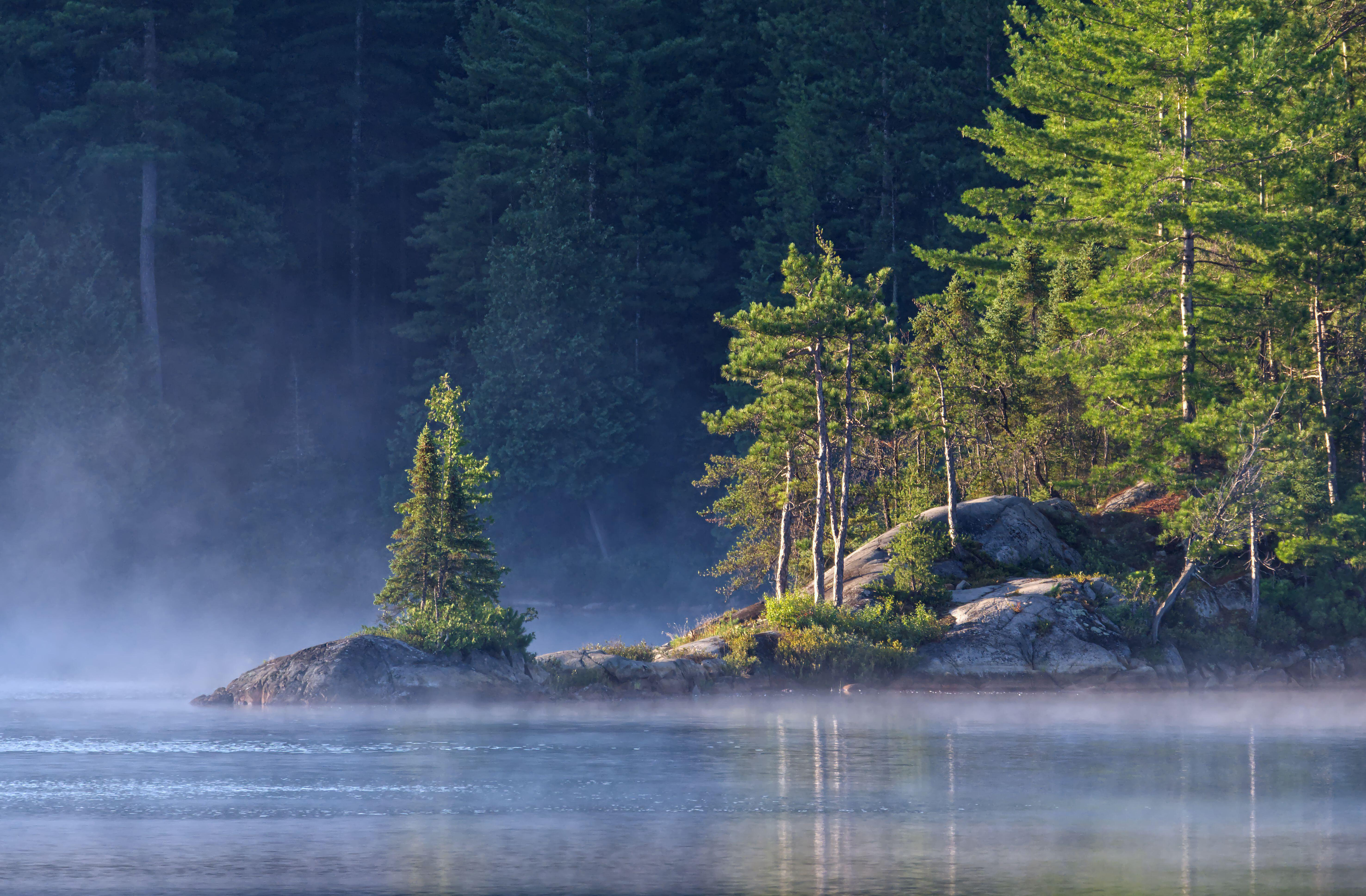
People need nature
Protected places also offer vital opportunities for recreation, land-based learning and supporting mental, physical and spiritual well-being. Every year, millions of people flock to parks and conservation reserves, and polling shows that 86 per cent of Ontarians support the expansion of protected areas. Indigenous communities have knowledge systems tied to lands and waters, and protected areas created and managed by Indigenous Peoples can help support and strengthen these relationships. Sadly, Ontario currently ranks a dismal sixth of all provinces and territories in the amount of protected areas, highlighting the urgent need for increased conservation efforts.
How can Ontario get to 30x30?
The current protected area network in Ontario is primarily made up of provincial parks and conservation reserves regulated under the Provincial Parks and Conservation Reserves Act. National parks, marine reserves and migratory bird sanctuaries add a small percentage, along with privately protected areas such as land trusts. To increase the province's protected area network from the current status of 10.9 per cent to 30 per cent by 2030 will require concerted government action, collaboration with grassroots groups, non-governmental conservation organizations, municipalities and Indigenous leaders, industry and private land owners.
Recognizing newer types of protection classes, such as Indigenous Protected and Conserved Areas (IPCAs), is also crucial. Read our latest Pathways to Protection report to learn how we’re working to identify and push for the protection of key natural hotspots.
Map of existing parks and protected areas
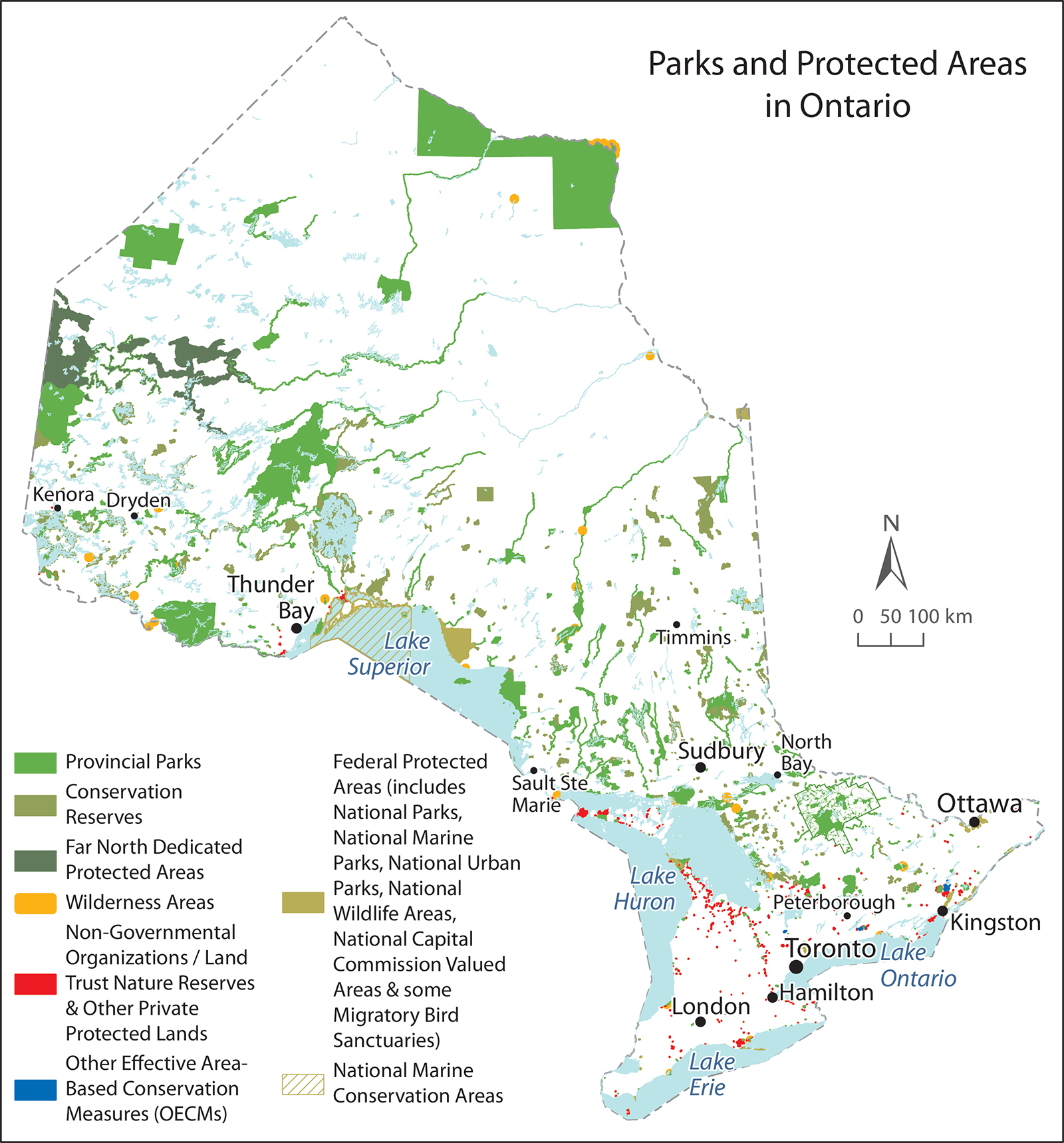
Ontario government ignoring expert advice on conservation
In 2021, a government-appointed Protected Areas Working Group identified opportunities to protect and conserve more natural areas in the province. The report of recommendations provided to the Ontario Minister of Environment, Conservation and Parks included adopting the 30x30 target and working with First Nations to recognize Indigenous territories identified for conservation. The recommendations and roadmap to 30x30 were not made public except through a Freedom of Information request by the Wilderness Committee in June 2023. The Ontario government has yet to develop the strategy recommended by the working group.
We can’t afford the provincial government’s inaction. Join us in putting pressure on the provincial government and working with our allies and First Nations to ensure we get to 30x30.
Whatever's Wild Episode 6: 30x30 In Ontario With Katie Krelove
In 2022, governments across the world — including Canada — embraced the goal to protect 30 per cent of lands and waters by 2030 (30x30). However, at the provincial level, there are leaders and laggards, and Doug Ford’s government in Ontario is definitely the latter. Check out the episode of our Whatever’s Wild series where we interview our campaigner Katie about how to get 30x30 back on track in Ontario.
Pathways To Protection
The time is now to blaze an ambitious trail forward for biodiversity protection in Ontario. In 2022, at COP 15, countries around the world, including Canada, committed to protecting 30 per cent of lands and waters by 2030 (30x30), in partnership with First Nations. This will require a never-before-seen, all-hands-on-deck effort. Current protected areas in Ontario add up to only 10.7 per cent, which means there is a lot of work to be done. Read on to learn more about the pathways to protection.
Campaign Gallery
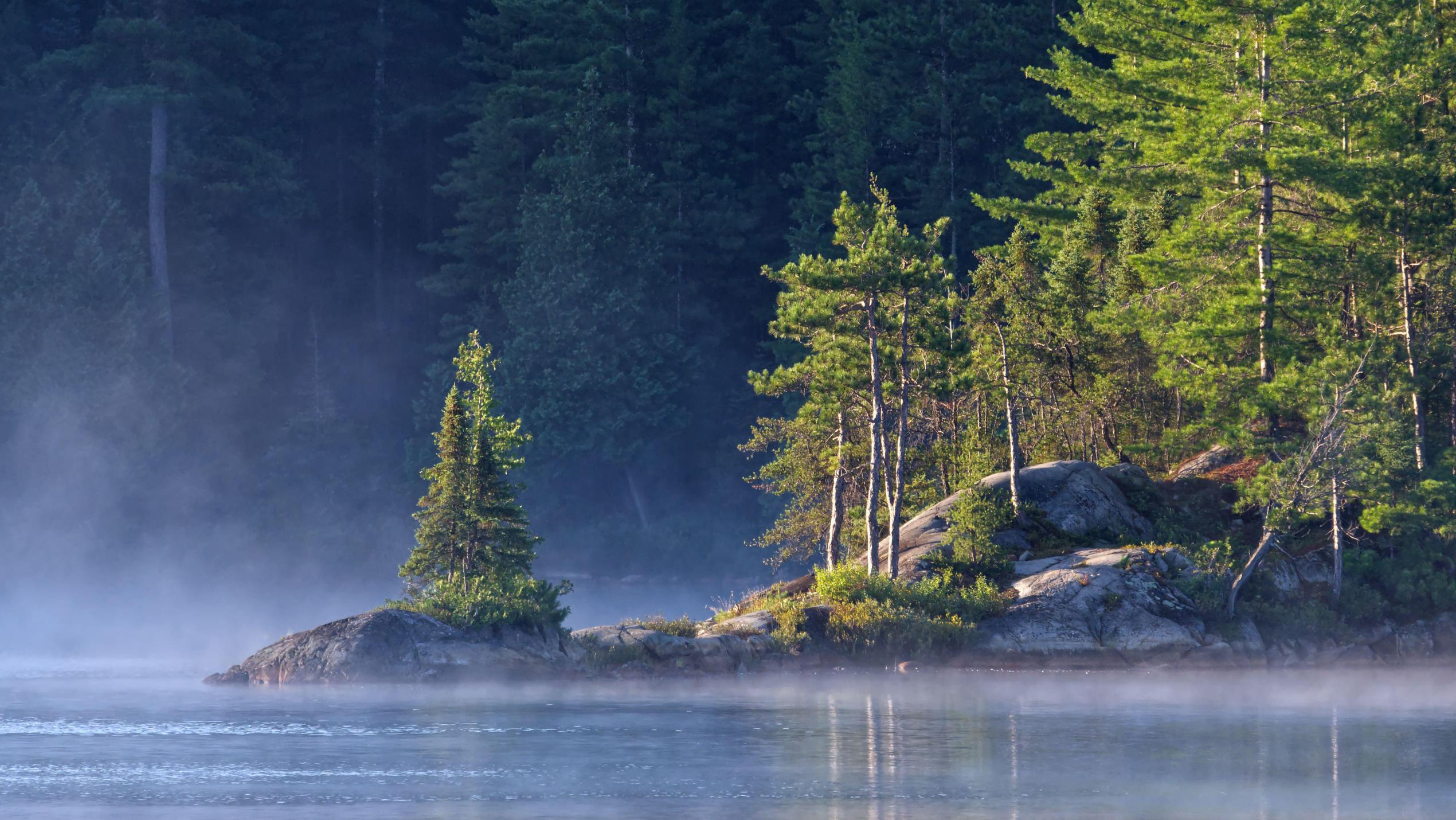
Check Out More Updates
Join Us
Don’t miss your chance to make a difference. Receive campaign updates and important actions you can take to protect wildlife, preserve wilderness and fight climate change.
